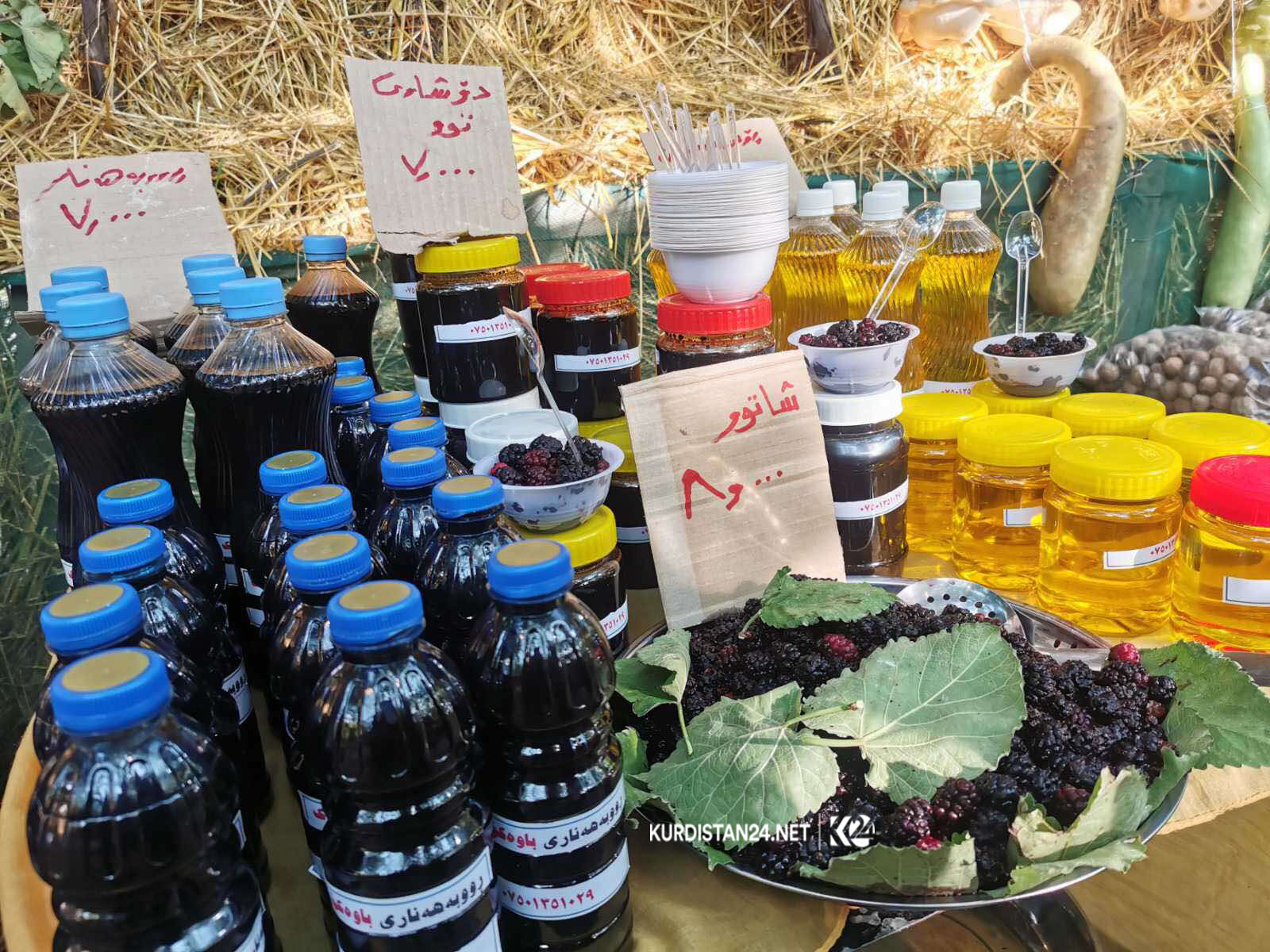Handmade Kurdish Art and Cuisine to Take Center Stage in Kurdistan’s Tourism Drive
“We aim to familiarize visitors with local handicrafts, foster cultural pride, and project a positive image of the Kurdistan Region to tourists,” he added.
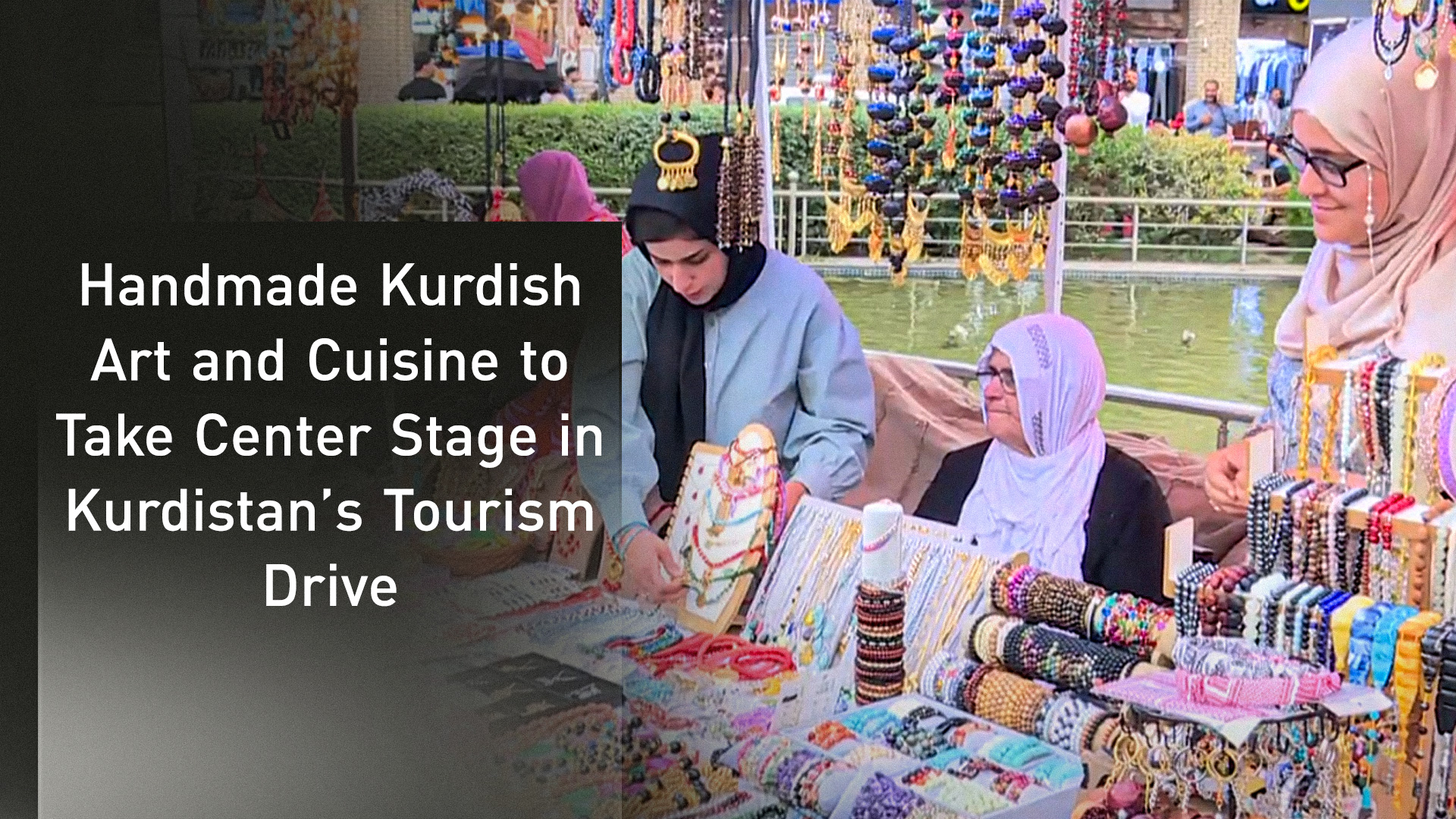
ERBIL (Kurdistan24) — The Kurdistan Region’s Tourism Board announced on Sunday a decision to allocate dedicated spaces for displaying locally made handicrafts and traditional products across all tourist areas, with a particular focus on five-star hotels.
Sirwan Tawfiq, the board’s marketing director, told Kurdistan24 that failure to comply with this decision will result in legal penalties. He noted that cooperation with international organizations, including UNESCO and a German NGO, has led to the training of 380 individuals in crafts such as carpet weaving, beadwork, and women’s arts. Graduates of these programs have already begun showcasing their products in tourist destinations.
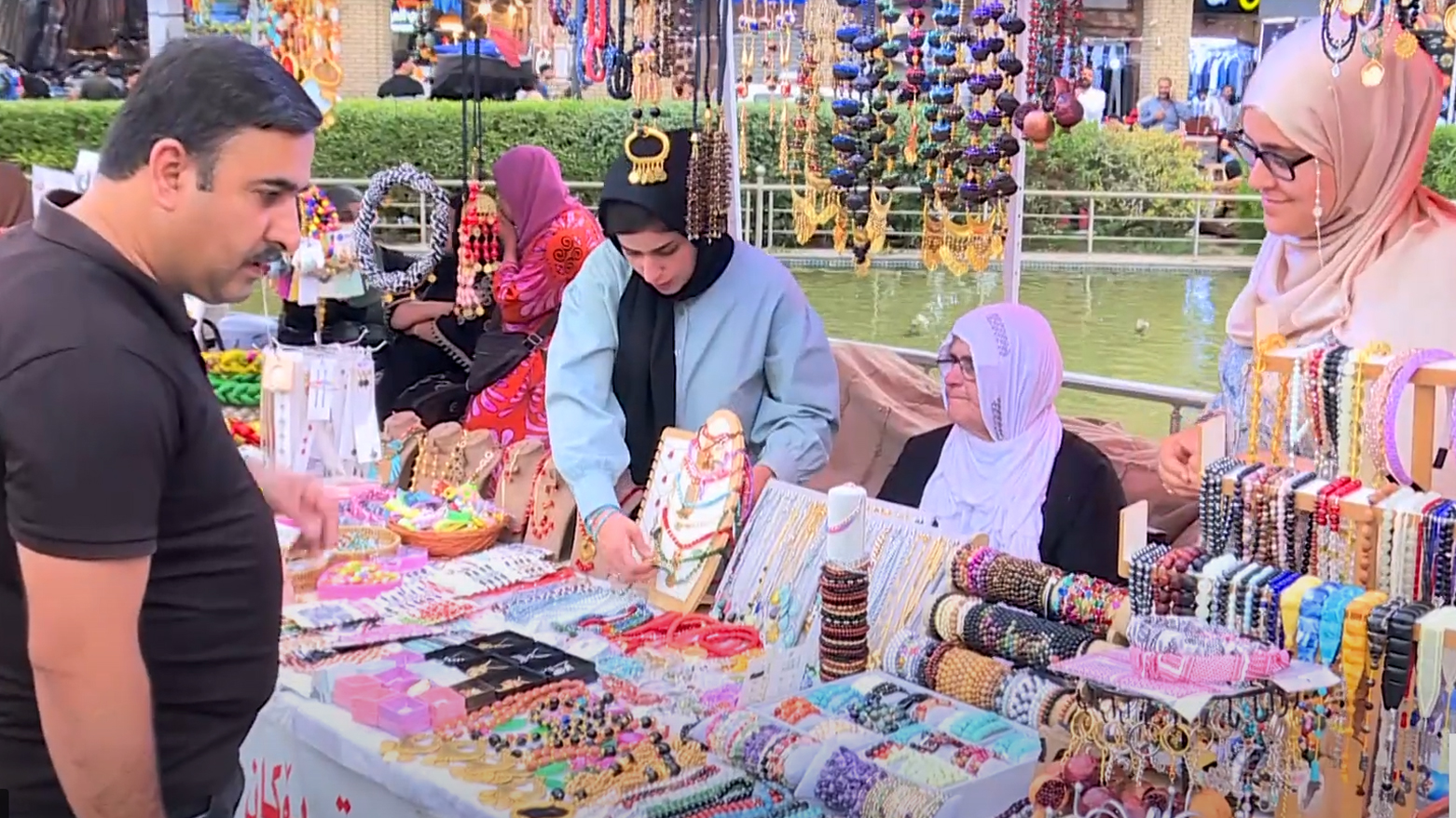
Tawfiq also emphasized the need to replace signage in hotels and tourist spots with Kurdish-language alternatives, as well as promoting Kurdish music and folklore at tourism events.
“We aim to familiarize visitors with local handicrafts, foster cultural pride, and project a positive image of the Kurdistan Region to tourists,” he added.
The Kurdistan Region, known for its rugged mountains, lush valleys, and rich cultural heritage, has in recent years become a growing destination for both domestic and international travelers. Beyond its natural beauty, the region offers a wealth of traditional culinary experiences and household items made by skilled Kurdish artisans.
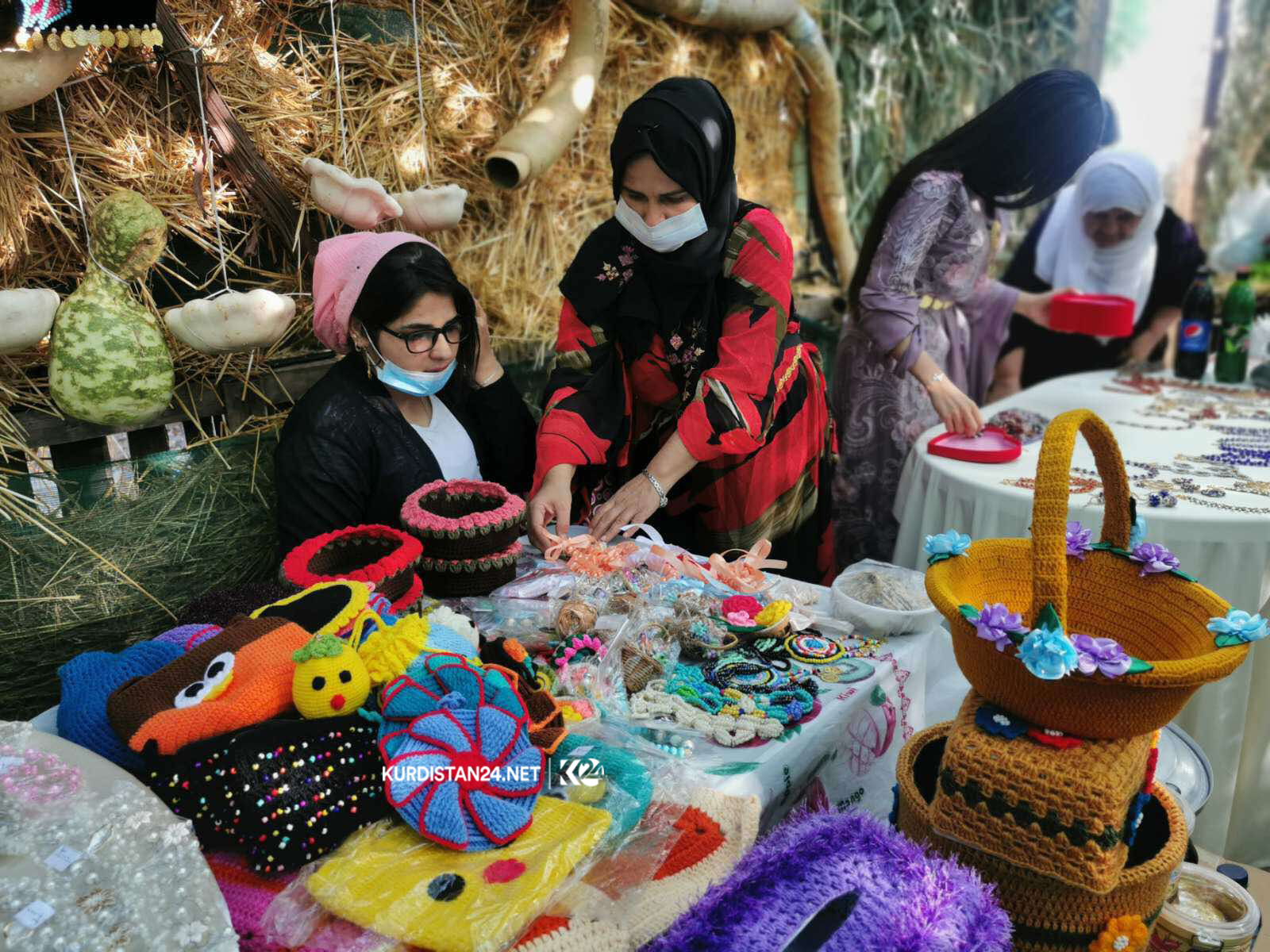
From handwoven carpets and colorful kilims to copperware, woodcrafts, and intricate embroidery, these handmade products reflect centuries-old traditions. Visitors can also savor homemade Kurdish delicacies—such as dolma, naan, honey, and dried fruit—often prepared by local families and sold at markets or roadside stalls.
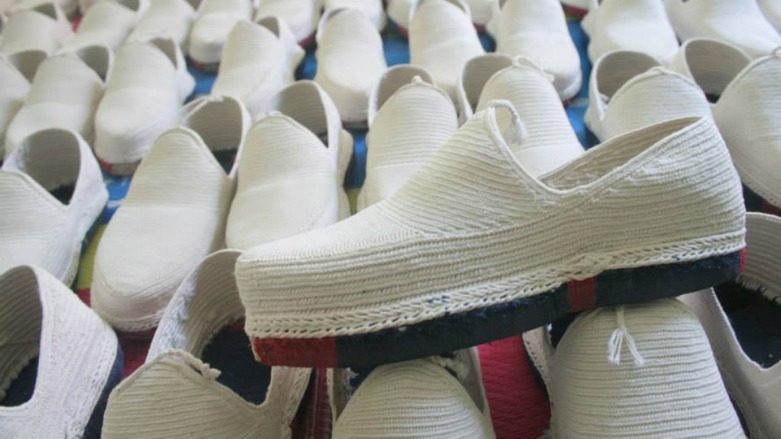
Tourism officials believe that integrating these cultural elements into the hospitality sector will not only provide visitors with a richer experience but also generate sustainable income for local communities and preserve traditional crafts for future generations.
